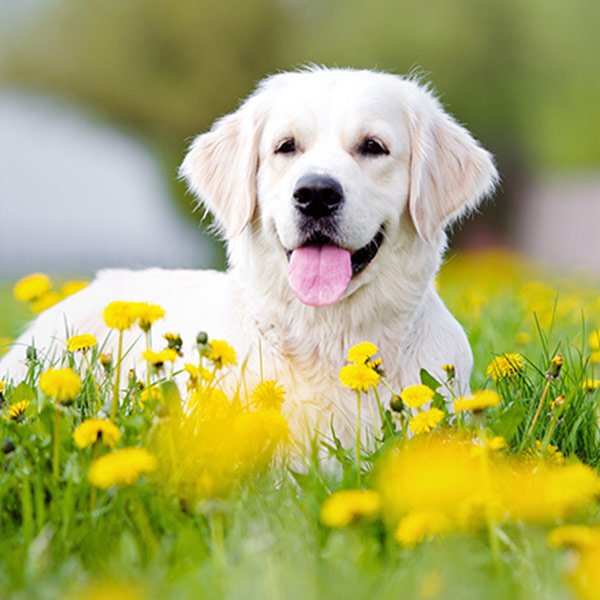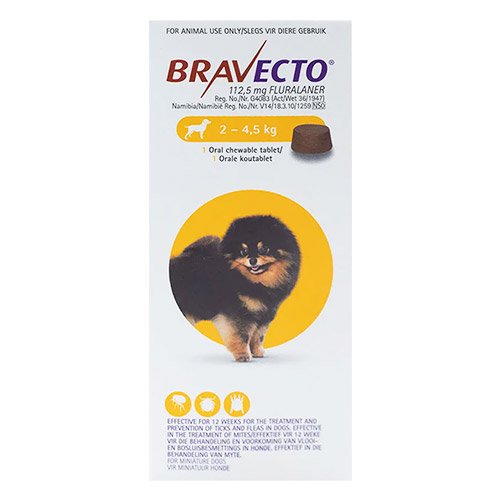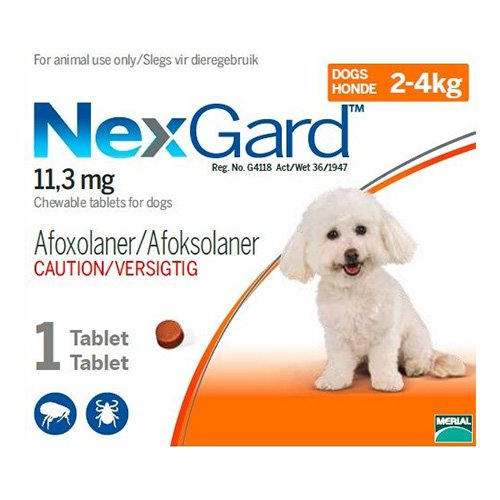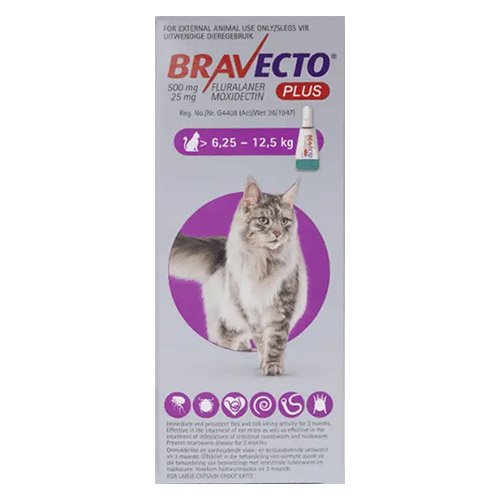-
Popular Brands View All BrandsPopular Brands View All BrandsPopular Brands View All BrandsPopular Brands View All BrandsPopular Brands View All Brands
- Dogs
- Cats
- Brands
- New Arrivals
- Below R150
- Refer & Save More
- Autumn Season Sale

May 29, 2025

Just like their human family members, even dogs go through stress and anxiety. But it is not always very easy to determine their mental state as the little fur balls can’t convey their feelings verbally. However, canines display subtle signs of stress and anxiety which a pet parent must take note of at all costs. If you are still unable to understand the signs of stress and anxiety in your dog, don’t worry as we’re here to help.
In this blog, we will shed light on three key signs of stress and anxiety in dogs and ways to ease them. Read on to find out more:
Following are some of the most common signs of stress and anxiety in dogs:
Compulsive Behaviours
When dogs are stressed or anxious, they tend to engage in compulsive and destructive behaviours to calm themselves. Common behaviours may include, excessive licking, licking the floors or walls, chewing objects compulsively or barking excessively.
Dogs also often pace or move in circles while under stress or in a panic situation. They can also tend to shake or tremble out of immense stress.
Hiding or Acting Depressed
When stressed, dogs often hide behind their pet parents or furniture in the house. They may also completely shut down, seem depressed, stop moving and interacting with their favourite hoomans as well as disassociate with a situation they are disturbed with.
Yawning & Drooling
Dogs do not always yawn out of sleepiness or tiredness. They also yawn out of nervousness. Usually, these yawns are quite frequent and longer than the ones they experience due to tiredness.
Also, a canine’s nervous system is activated by stress, leading to drooling and frequent lip-licking.
Below are some effective tips to help your dog deal with stress and anxiety:
If your dog tends to suffer from anxiety, physical exercise can be of great help. As anxiety generates excess energy in their bodies, taking them out for a game of fetch or a long walk can help them feel better. Providing physical contact and interaction during the exercise can be highly beneficial and enhance their moods.
When it comes to an anxious dog, there is no better relief than its human parent’s loving touch. If you happen to notice signs of anxiety in your dog, make sure to cuddle them and offer them an affectionate petting session. Trust us, it will work like magic.
Similar to their human counterparts, massage works wonders to relax an anxious dog. Anxiety often results in tension of the muscles and a good massage is the best way to alleviate the tension. Make sure to start at the neck and work downwards offering long strokes. With experience, you will be able to identify where your pooch holds its stress so as to work well in the particular area.
A wide range of stress relief treatments are available in the market that work excellently to calm down your canine buddy during stressful situations. Calmeze Tablets, Anxitane and Extract Pet Calm Beef Flavoured CBD Oil are some of the most efficient ones.
Concluding Note
Now that you have our comprehensive guide handy, we hope it will be easier for you to detect signs of stress and anxiety in your dog and offer help to make them feel better. However, if your dog gets excessively stressed or anxious, you must seek urgent medical help.
At BudgetPetSupplies, we carry a wide range of stress relief treatments for dogs, available at discounted rates. Check out our online store today to procure them from the comfort of your home.
Apr 17, 2025
Do you also get chills from the mere thought of your pets suffering from heartworms? Though it is fair for you to be worried, staying worri...
Apr 07, 2025
Pet emergencies can knock on your door anytime and the best you can do is be well prepared. Although first aid cannot substitute veterinary...



© 2025 BudgetPetSupplies.co.za (MSV Pet Care (Pty) Ltd.) - All Rights Reserved.







